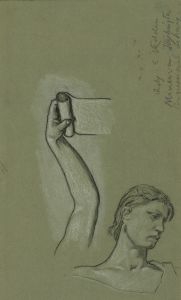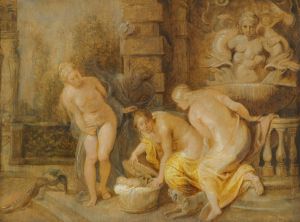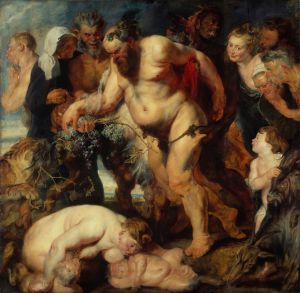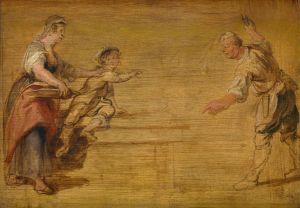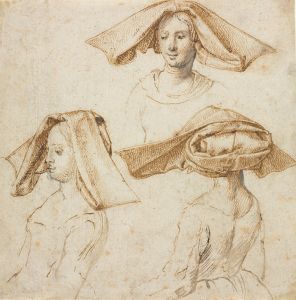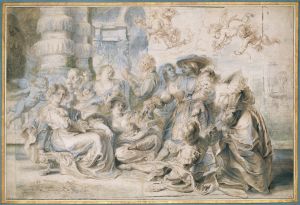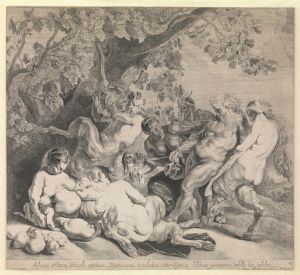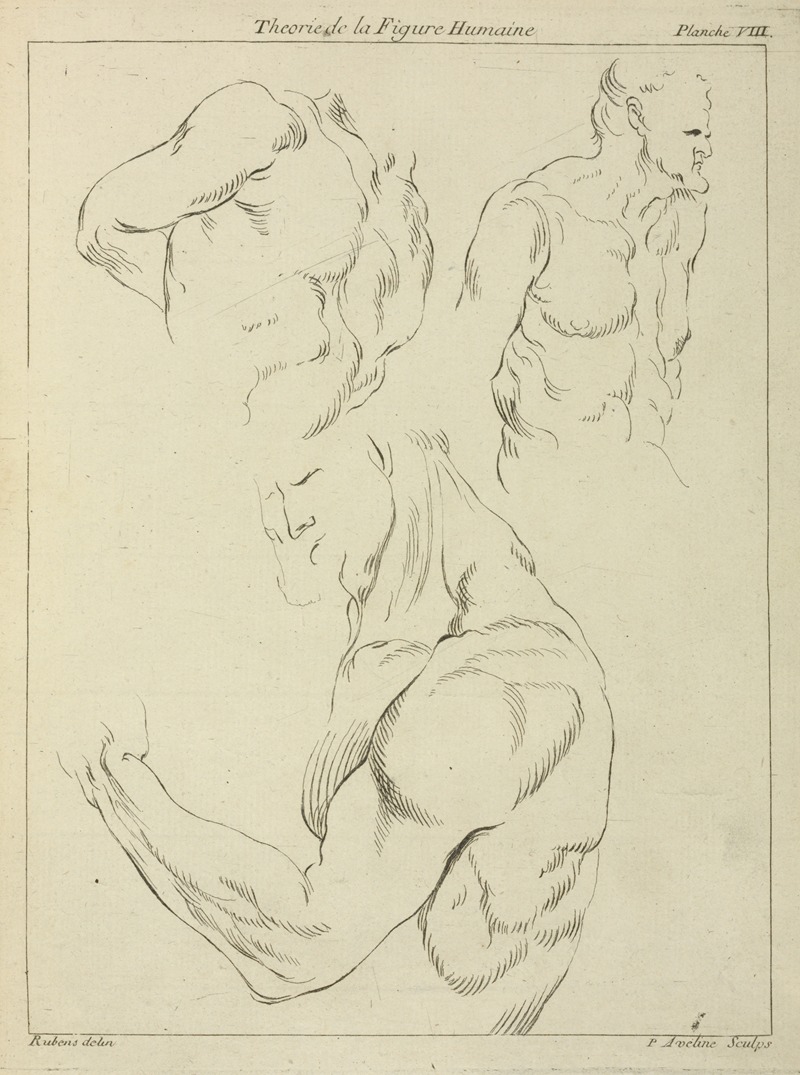
Studies of a man’s chest, biceps, and shoulders
A hand-painted replica of Peter Paul Rubens’s masterpiece Studies of a man’s chest, biceps, and shoulders, meticulously crafted by professional artists to capture the true essence of the original. Each piece is created with museum-quality canvas and rare mineral pigments, carefully painted by experienced artists with delicate brushstrokes and rich, layered colors to perfectly recreate the texture of the original artwork. Unlike machine-printed reproductions, this hand-painted version brings the painting to life, infused with the artist’s emotions and skill in every stroke. Whether for personal collection or home decoration, it instantly elevates the artistic atmosphere of any space.
Studies of a Man’s Chest, Biceps, and Shoulders is a drawing by the Flemish Baroque artist Peter Paul Rubens (1577–1640). This work is a study of the male anatomy, showcasing Rubens' deep interest in the human form and his mastery of anatomical precision. The drawing is executed in black and red chalk, a medium Rubens frequently employed for his preparatory studies. It demonstrates his ability to capture the musculature and dynamic tension of the human body with remarkable detail and vitality.
Rubens was known for his extensive preparatory work, often creating numerous sketches and studies before completing his larger compositions. This particular drawing is believed to have been created as part of his preparatory process for a larger painting or project, though the specific work it relates to is not definitively identified. The study focuses on the upper torso, emphasizing the chest, biceps, and shoulders, and reflects Rubens' engagement with classical ideals of beauty and strength. His approach to anatomy was likely influenced by his exposure to classical sculpture during his time in Italy, as well as his study of Renaissance masters such as Michelangelo and Leonardo da Vinci.
The drawing is notable for its dynamic use of line and shading, which create a sense of volume and movement. Rubens' ability to render the human form with such energy and realism contributed to his reputation as one of the leading artists of the Baroque period. His anatomical studies were not only tools for his own artistic practice but also served as teaching aids for his workshop, where he trained numerous apprentices.
The exact date of the drawing is not documented, but it is consistent with Rubens' style and technique during the height of his career in the early 17th century. The work is currently housed in a museum collection, though its specific location may vary depending on exhibitions or loans.
Rubens' anatomical studies, including this drawing, are celebrated for their contribution to the understanding of the human form in art. They exemplify the artist's dedication to combining scientific observation with artistic expression, a hallmark of the Baroque era.





